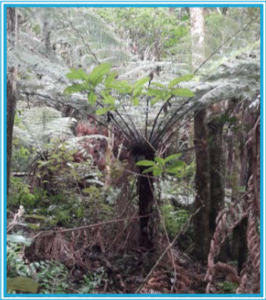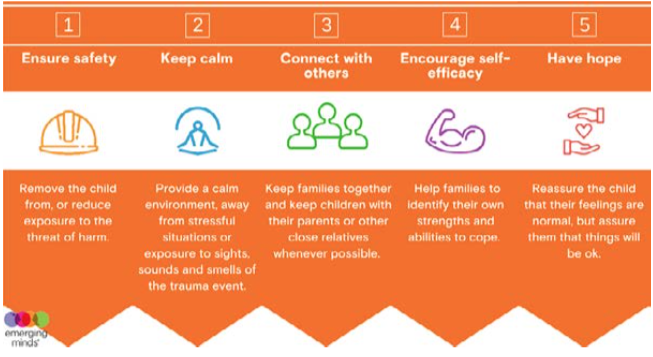How to Help Both Inside and Outside of the Classroom
One way of managing this is being prepared. We do fire, earthquake and lockdown drills. We also need to include drills and develop safety plans for escape and hiding should an intruder enter the school premises.
Another part of preparation is to be thoughtful about how you manage your own fears and concerns. What are three strategies that help you remain calm in the face of danger? For example, you may practice grounding strategies, breathing, a calming affirmation. As the leader in the group, you will need to be able to access your best thinking. Being calm allows you to operate your cognitive and not your automatic fight, freeze or flight part of the brain.
Creating habits in the face of an emergency can also be helpful. Focus and practice makes the ability to be calm a lot easier. What are the ways you can practice being calm in an emergency? Find ways to monitor your own reactions and seek help for yourself when you are distressed.
As a teacher in today’s world, you are under a lot of stress and pressure. Therefore, having a healthy life-style that allows you to rest and recover is important. Our ability to manage is enhanced when we are rested, well fed and watered.

Not so long ago, many New Zealanders had a view of the world that we were far away from trouble.
However, our world has changed and it doesn’t matter if the source of the trouble is natural (earthquakes, storms, other natural disasters) or made by humans (shooters, bomb threats, climate change weather events), we still need to find ways to support the kids in our schools.
When difficult things happen, children are watching the responsible adults around them to know what to do. This means it is crucial to support yourself and model calmness in the face of adversity.

So, if we have strategies for being prepared, both practically and psychologically, this can support the children in our care.
We can also think about how we encourage parents to prepare for these events with their children. Firstly, by helping parents understand the importance of remaining calm and speaking to children in a way that supports their resilience and knowing how to tell their children what to do in a critical situation. This helps the whole school community prepare both practically and psychologically.
What about after an event?
We need to prepare for this as well:
- Immediately: Up to four weeks after the event when the impact is still all around,
- Short Term: Less than four months after an event, and
- Long Term: After four months afterward.
- Immediately After: Expect that some children will have big emotions about a situation. It is a time to name and acknowledgethe scare and to bring them to safety and away from the distressing environment. Keep calm yourself and help the children to be with people who help them feel safe.There are five aspects to psychological first aid:

Short Term: Take time to support yourself, children, parents and the whole school community by a range of strategies.
Examples:
- Practice relaxation exercises.
- Use breathing exercises.
- Clarify expectations about behaviour.
- Provide choice.
- Set limits around the amount of time in disaster talk.
- Contain conversations about fear and support the children’s efficacy.Long Term: For 5-12 year olds specifically, monitor symptoms over time and remain vigilant to changes in behaviour. Keep routines consistent, respond to curious questions and notice those that might be too scared to show emotion.Lastly, spend time understanding the meaning that children are making from these events. Normalise the reactions, validating their experiences as well as building on hope for a positive future.
Tell stories about what other kids have done following similar events. For example, following one of the shootings in the States where 22 people were killed, a young 11-year old boy put a shout out for the community to do 22 acts of kindness towards others, one for each person killed.
Helping to clean up after a natural disaster, sending cards and writing letters are all examples of how we can support children to have hope and experience their usefulness in a terrible situation.
